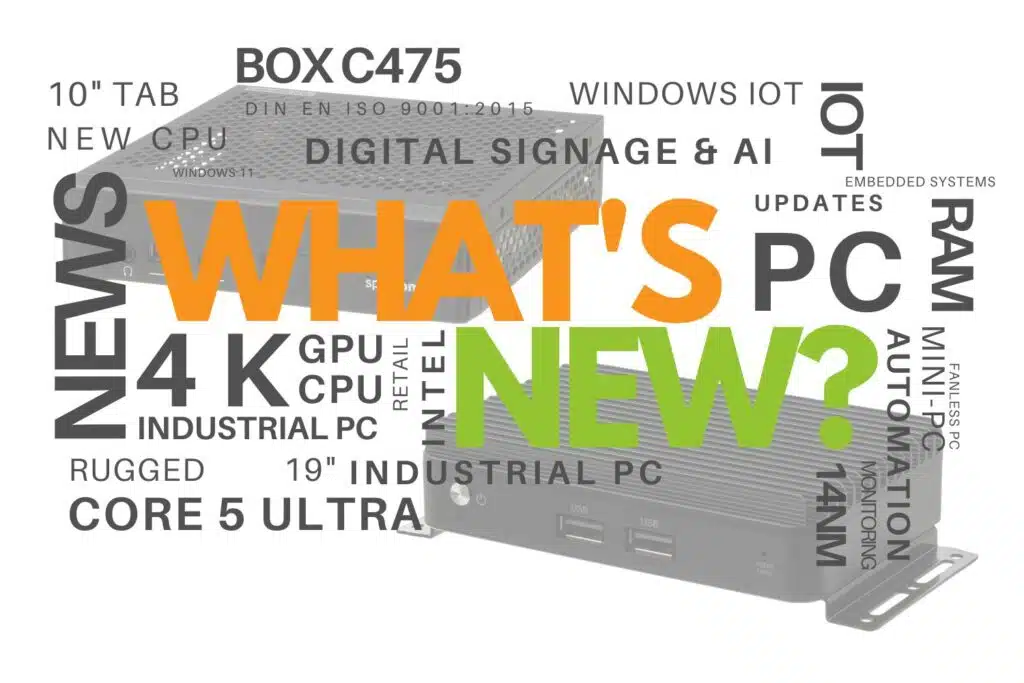27.06.2018

Let's start with the terminology: UHD stands for Ultra High Definition (literally "ultra-high resolution"). The "K" in 4K and 8K stands for the number one thousand. We explain what this is all about below.
The term UHD covers two different picture resolutions. The first is UHD-1 and the second is UHD-2, which has a resolution of 3840 × 2160 pixels and stands for what is normally understood as 4K. In the cinema sector, however, there is a different resolution, namely 4096 × 2160 pixels. The term 4K is derived precisely from this 4 thousand number, which stands for the horizontal pixels.
In contrast to 4K, 8K doubles both the horizontal and vertical number of pixels. This means that a total of four times as many pixels can be displayed - 33 million in total - and this corresponds to a resolution of 7680 × 4320 pixels.
Not only the increase in resolution, but also the expansion of the color space (WCG, Wider Color Gamut), the contrast range (HDR, Higher Dynamic Range) and the increase in the refresh rate to a maximum of 120fps go hand in hand with 8K.
8K requires a data rate of 24 Gbit/s and therefore also a special cable that meets this requirement. In January 2017, the HDMI Forum published the final specifications for a suitable cable. This is the successor to HDMI 2.0: HDMI 2.1. This cable enables a data rate of 48 Gbit/s for 8K@60Hz and therefore also exceeds the DisplayPort standard, which has allowed around 32 Gbit/s since version 1.3 (see also "VGA, DisplayPort, HDMI, DVI - What is the difference between these multimedia interfaces?"). With compression of the HDMI 2.1 cable, a resolution of 10,328 × 7,760, i.e. 10K, is even possible.
We currently have two mini PCs in our range that can play 8K content. One of these is our well-known digital signage player par excellence: the spo-book KUMO IV . This actively cooled mini PC can play content in a resolution of up to 8K thanks to its dedicated nVidia GTX 1060 graphics card with 6 GB DDR5 VRAM. The second in the group is our latest system - the spo-book RUGGED GTX 1050 Ti . This PC is also equipped with a dedicated nVidia graphics card - and unlike the KUMO IV, it is also passively cooled. As the name suggests, the system is equipped with an nVidia GTX 1050 Ti, with 4GB of memory and up to 32GB of video RAM. An 8K video wall is also possible with the help of four of the seven HDMI connections.
Are you curious?
Configure spo-book KUMO V here and test it for free!
Configure your spo-book RUGGED GTX1050 Ti here and test it for free!

Machines that know when they need to be serviced before anything breaks down. Sounds like a dream of...

Although the vacation season was at its peak for us in September, we can shine with two new products...

Digital signage has long been much more than just static screens. In times of Industry 4.0, smart bu...
You need to load content from reCAPTCHA to submit the form. Please note that doing so will share data with third-party providers.
More Information